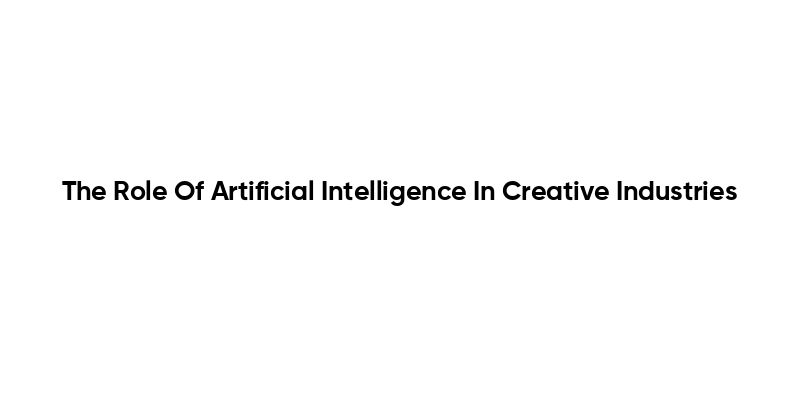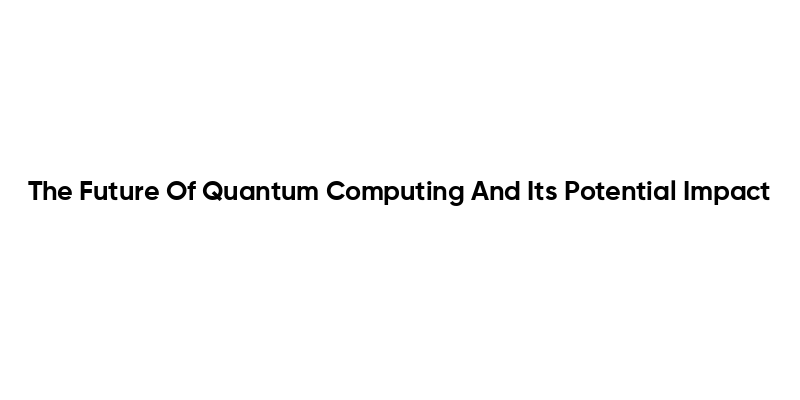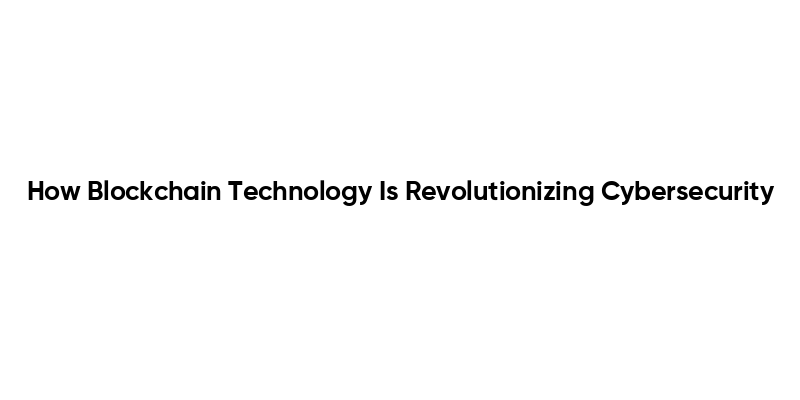In recent years, the role of artificial intelligence in creative industries has become increasingly significant, reshaping how artists, designers, and content creators approach their work. AI technologies, such as machine learning and natural language processing, are not only enhancing creativity but also streamlining processes across various sectors, including visual arts, music, and writing. As we delve into this fascinating intersection of technology and creativity, we will uncover how AI is revolutionizing traditional practices and opening new avenues for innovation.
This article will guide you through the myriad ways artificial intelligence is influencing creative fields. You will learn about AI-generated art and music, the use of algorithms in design, and how content creation is evolving with the help of intelligent tools. We will also explore the ethical implications and challenges that arise as AI continues to integrate into creative workflows. By understanding these dynamics, you will gain insight into the future of creativity in an AI-driven world.
As we embark on this exploration, we invite you to consider the potential of artificial intelligence not just as a tool, but as a collaborator in the creative process. Whether you are an artist, a marketer, or simply a curious reader, the insights shared in this article will inspire you to think differently about the role of technology in creativity. Join us as we uncover the exciting possibilities that lie ahead in the creative industries shaped by artificial intelligence.
Artificial Intelligence (AI) is transforming the creative industries by enhancing the way artists, designers, and content creators work. From generating art to composing music, AI tools are becoming integral to the creative process. This article explores various aspects of AI’s role in creative fields, highlighting its impact and potential.
AI in Visual Arts
AI technologies are revolutionizing visual arts by enabling artists to explore new creative avenues. Tools like generative adversarial networks (GANs) allow artists to create unique pieces of art by training algorithms on existing artworks. This not only expands the creative toolkit for artists but also raises questions about authorship and originality in art.
Moreover, AI can assist in the curation of art exhibitions by analyzing trends and audience preferences. By leveraging data analytics, curators can make informed decisions about which pieces to display, ultimately enhancing the viewer’s experience. As AI continues to evolve, its integration into visual arts will likely lead to innovative collaborations between human creativity and machine intelligence.
AI in Music Composition
The music industry is witnessing a significant shift with the introduction of AI-driven composition tools. These tools can analyze vast amounts of musical data to generate original compositions, providing musicians with new sources of inspiration. For instance, platforms like OpenAI’s MuseNet can create music in various styles, allowing artists to experiment with different genres.
Additionally, AI can assist in the production process by automating tasks such as mixing and mastering. This not only saves time but also allows musicians to focus more on the creative aspects of their work. As AI continues to advance, it is likely to play an even more prominent role in shaping the future of music.
AI in Content Creation
Content creation has been significantly impacted by AI technologies, particularly in writing and journalism. AI-powered tools can generate articles, blogs, and social media posts, streamlining the content creation process. These tools analyze trending topics and audience engagement to produce relevant and engaging content.
Furthermore, AI can assist writers by providing suggestions for improving their work, enhancing creativity, and reducing writer’s block. As AI continues to develop, it will likely become an essential partner for content creators, enabling them to produce high-quality work more efficiently.
AI in Film and Animation
The film and animation industries are increasingly utilizing AI to enhance storytelling and production processes. AI algorithms can analyze scripts and predict audience reactions, helping filmmakers make data-driven decisions. This technology can also assist in visual effects, automating complex tasks and reducing production time.
Moreover, AI can be used in animation to create realistic movements and expressions, making characters more lifelike. As AI tools become more sophisticated, they will continue to reshape the landscape of film and animation, offering new possibilities for creativity and innovation.
Ethical Considerations in AI-Driven Creativity
As AI becomes more prevalent in creative industries, ethical considerations surrounding its use are gaining attention. Questions about authorship, copyright, and the potential for job displacement are at the forefront of discussions. For instance, if an AI generates a piece of art, who owns the rights to that creation?
Additionally, the reliance on AI tools raises concerns about the authenticity of creative work. While AI can enhance creativity, it is essential to strike a balance between human input and machine-generated content. As the creative industries navigate these challenges, establishing ethical guidelines will be crucial to ensure a harmonious coexistence between AI and human creativity.
| Aspect | Description |
|---|---|
| Content Creation | AI tools assist in generating written content, music, and visual art, enabling creators to explore new ideas and streamline their workflow. |
| Personalization | AI algorithms analyze user preferences to deliver personalized content, enhancing user engagement and satisfaction in industries like gaming and streaming. |
| Collaboration | AI acts as a collaborative partner, providing suggestions and enhancements to human creativity, thus fostering innovative outcomes in projects. |
| Market Analysis | AI tools analyze trends and consumer behavior, helping creative professionals make informed decisions about their projects and marketing strategies. |
| Automation | Repetitive tasks such as editing, formatting, and data entry can be automated using AI, allowing creatives to focus on more complex and imaginative aspects of their work. |
| Accessibility | AI technologies make creative tools more accessible to individuals with disabilities, promoting inclusivity in the creative process. |
| Ethical Considerations | The use of AI in creative industries raises questions about copyright, originality, and the role of human creativity, necessitating ongoing discussions about ethics. |



